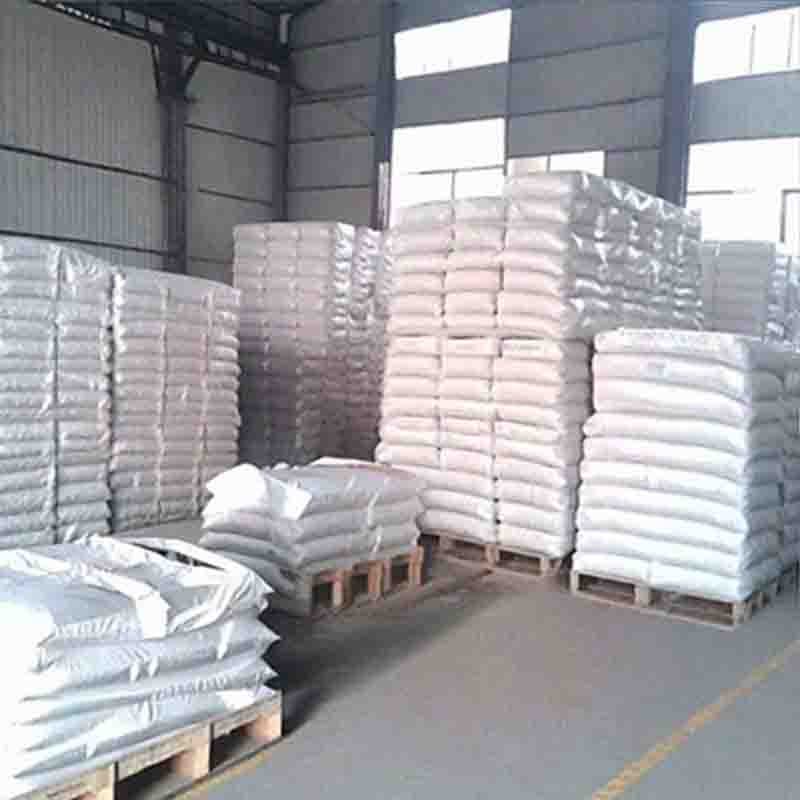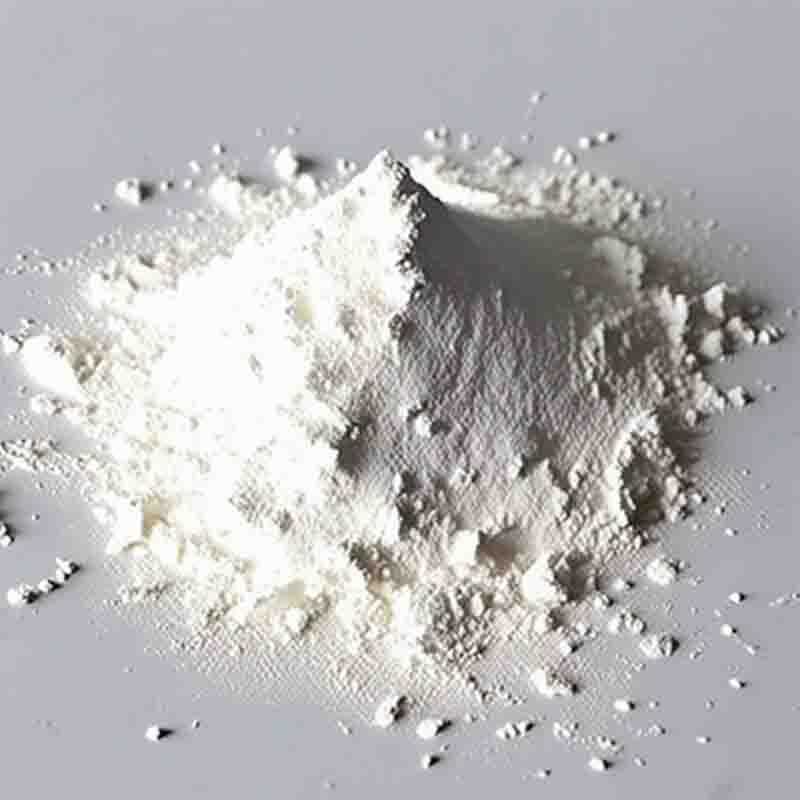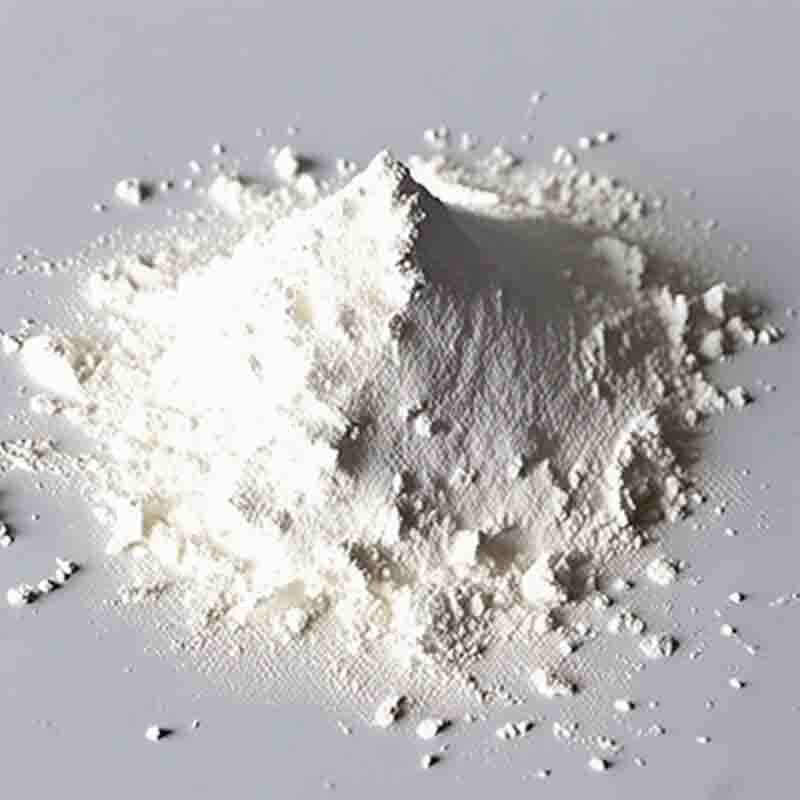TRANS-DIBROMOBIS(TRIPHENYLPHOSPHINE)- CAS: 22180-53-6
| Catalog Number | XD94427 |
| Product Name | TRANS-DIBROMOBIS(TRIPHENYLPHOSPHINE)- |
| CAS | 22180-53-6 |
| Molecular Formula | C36H30Br2P2Pd |
| Molecular Weight | 790.798922 |
| Storage Details | Ambient |
Product Specification
| Appearance | White powder |
| Assay | 99% min |
Trans-dibromobis(triphenylphosphine) is an organometallic compound that contains a central metal atom, such as palladium or platinum, coordinated to two bromine atoms and two triphenylphosphine ligands. This compound, often referred to as Pd(PPh3)2Br2, has diverse applications in organic synthesis.One of the most common uses of Pd(PPh3)2Br2 is in catalytic reactions, specifically in palladium-catalyzed cross-coupling reactions. Cross-coupling reactions involve the formation of carbon-carbon bonds between two or more organic molecules. Pd(PPh3)2Br2 acts as a catalyst in these reactions by facilitating the oxidative addition, transmetallation, and reductive elimination steps.Notably, Pd(PPh3)2Br2 is widely employed in the Suzuki-Miyaura reaction, which is a powerful method for the synthesis of biaryl compounds. This reaction involves coupling an aryl or vinyl boronic acid with an aryl or vinyl halide. The Pd(PPh3)2Br2 catalyst promotes the formation of the carbon-carbon bond, leading to the desired biaryl products.In addition to the Suzuki-Miyaura reaction, Pd(PPh3)2Br2 is utilized in other types of cross-coupling reactions, including the Heck reaction, Sonogashira reaction, and Stille reaction. These reactions allow for the formation of carbon-carbon bonds using various substrates, such as aryl halides, vinyl halides, or organostannanes. The use of Pd(PPh3)2Br2 as a catalyst enables the synthesis of complex organic molecules with a diverse range of functional groups.Moreover, Pd(PPh3)2Br2 is employed in other catalytic processes, such as carbon-heteroatom bond formation. For example, it can catalyze the amination or arylation of different substrates, leading to the formation of nitrogen or oxygen-containing compounds.Another interesting application of Pd(PPh3)2Br2 is in the synthesis of organometallic complexes and coordination polymers. These compounds have intriguing optical, electronic, and magnetic properties, which make them valuable in fields like materials science and electronics.In summary, trans-dibromobis(triphenylphosphine) (Pd(PPh3)2Br2) is a versatile organometallic compound that finds widespread use as a catalyst in various organic synthesis reactions. Its applications include palladium-catalyzed cross-coupling reactions like the Suzuki-Miyaura, Heck, Sonogashira, and Stille reactions, as well as carbon-heteroatom bond formation. Furthermore, it plays a role in the synthesis of organometallic complexes and coordination polymers. Pd(PPh3)2Br2 offers chemists an efficient and flexible tool for constructing complex organic molecules and exploring new frontiers in materials chemistry.









